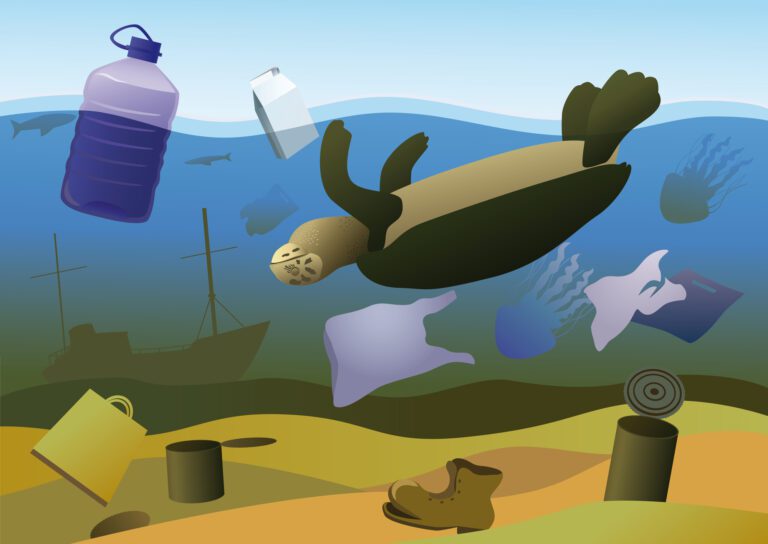Watch Out – Top 10 Contaminants in our Water
The Top 10 Most Dangerous Contaminants in Our Drinking Water:
Health Implications and Safety Measures
It’s essential to understand the dangers lurking in your drinking water. With numerous contaminants potentially present, it’s crucial to be aware of which ones pose the greatest risks to your health and safety. Some contaminants can lead to serious health issues, including cancer and developmental problems, making it vital for you to know what might be in your water.
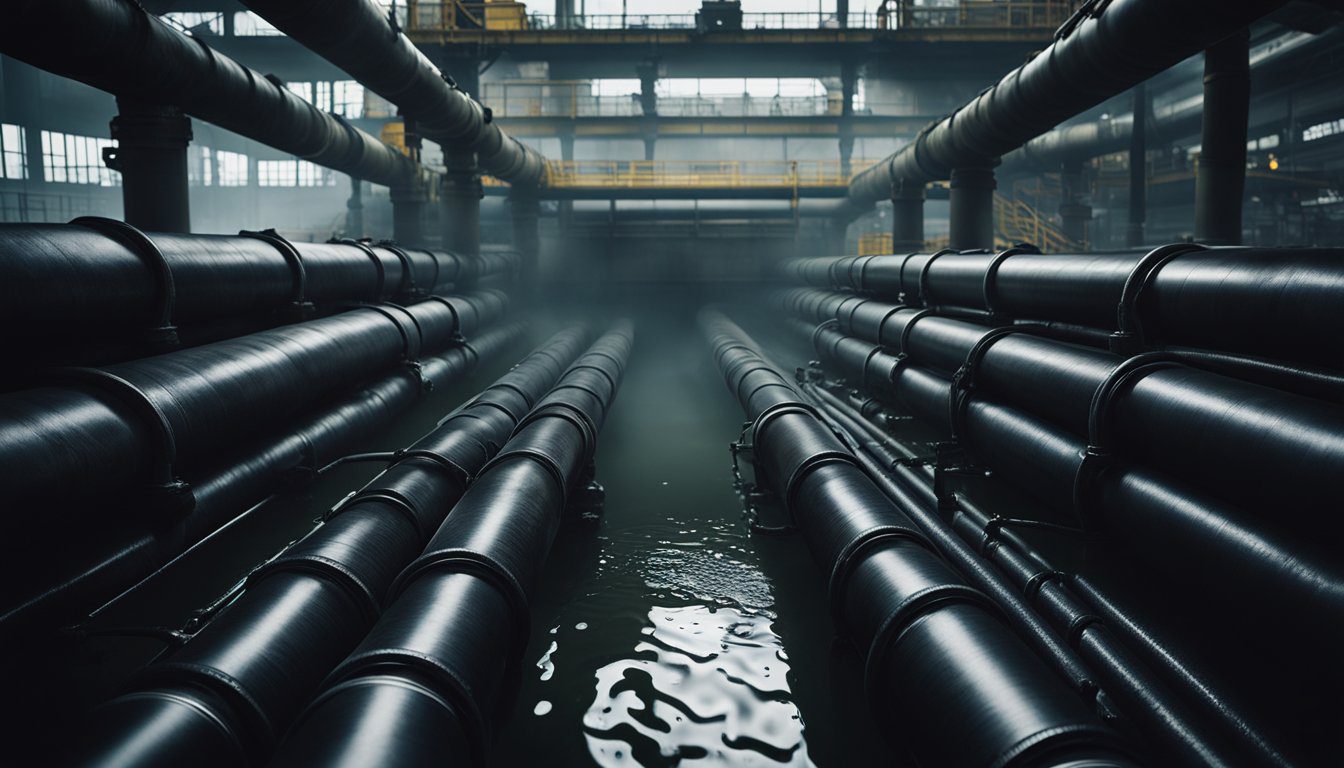
Water contamination isn’t always visible to the naked eye. Even clear, seemingly clean water can harbor dangerous substances that can harm you and your family over time. By learning about these contaminants, you can take the necessary steps to protect your health and ensure the water you consume is as safe as possible.
1) Lead
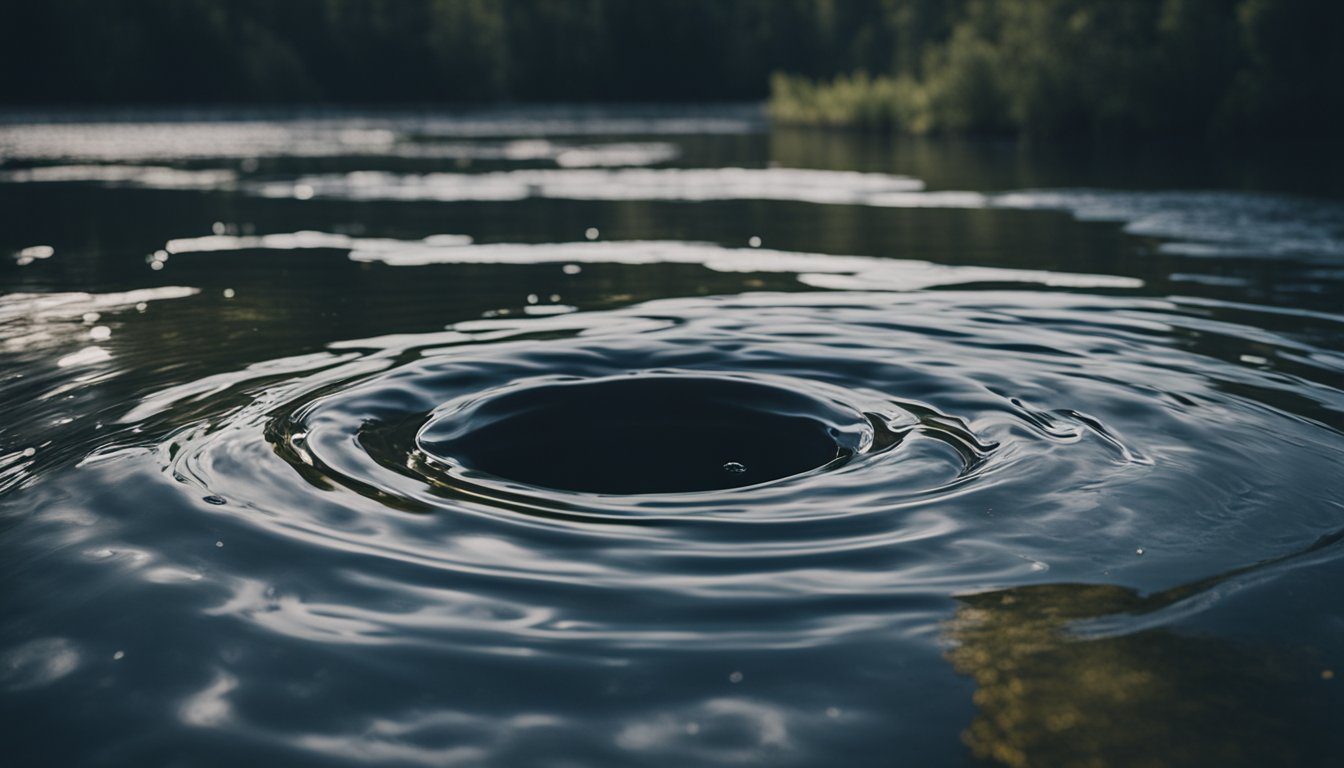
Lead is a highly toxic metal found in various plumbing systems. It can seep into drinking water through corroded pipes and fixtures. Even low exposure to lead can be harmful.
Exposure to lead can cause significant health issues. In children, it can damage the brain and nervous system. In adults, it can lead to high blood pressure and kidney problems. Pregnant women are at risk of experiencing complications and can harm fetal development.
Testing your water is the best way to detect lead contamination. If lead is found, you should replace old plumbing pipes and use certified water filters designed to remove lead. Regularly cleaning faucet aerators can also help reduce lead levels.
| Severity of Threat | Timelines | Possible Health Effects | Method to Mitigate Risks |
|---|---|---|---|
| High | Immediate and Long-Term | Brain damage, high blood pressure, kidney issues | Replace pipes, use certified filters |
2) Mercury

Mercury is a naturally occurring element found in air, water, and soil. Exposure to mercury can cause serious health problems, even in small amounts. This toxic metal is especially dangerous for children and pregnant women.
When mercury is inhaled as vapor, it can be absorbed through the lungs. This can lead to poor performance on mental function tests and other nervous system issues. Higher levels of exposure can cause kidney effects and respiratory failure.
Mercury can have toxic effects on the nervous, digestive, and immune systems. Additionally, it can affect the lungs, kidneys, and skin. Children exposed to mercury may experience developmental problems.
You can reduce the risk of mercury contamination through the use of effective water filtration systems. These systems help remove impurities and make the water safer to drink.
| Rank Severity | Timelines | Possible Health Effects | Mitigation Method |
|---|---|---|---|
| High | Short to Long | Nervous system damage, kidney effects, respiratory failure | Water filtration systems |
3) Arsenic
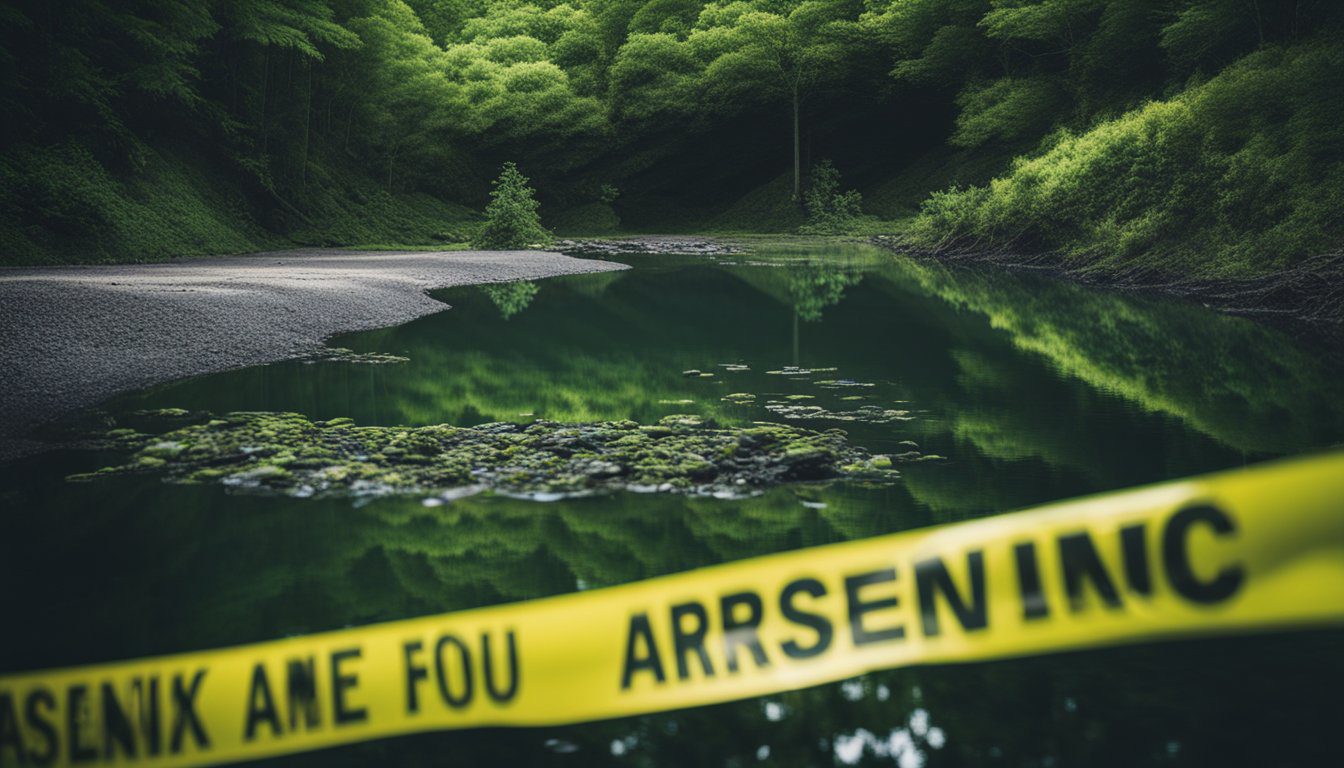
Arsenic is a highly toxic element often found in drinking water. Even though it occurs naturally, it becomes dangerous when present in high concentrations. Long-term exposure to arsenic in drinking water can lead to serious health problems.
Inorganic arsenic is the most harmful form. It can cause cancer and skin lesions. Other health issues linked to arsenic exposure include cardiovascular disease and diabetes. Drinking water is the most significant source of this toxic element.
You can test your water for arsenic, especially if you use well water. Regular testing is important to ensure that your water is safe. If you find arsenic, installing a reverse osmosis filter can reduce the levels of this toxin in your drinking water.
Health guidelines set by authorities like the EPA recommend that arsenic levels in drinking water should be as low as possible. High levels of arsenic in the water can be extremely harmful, so it’s crucial to make sure your water is clean.
| Severity of Threat | Timelines | Possible Health Effects | Method to Mitigate Risks |
|---|---|---|---|
| High | Long-term | Cancer, skin lesions, cardiovascular disease | Test water regularly, install reverse osmosis filter |
4) Chromium-6
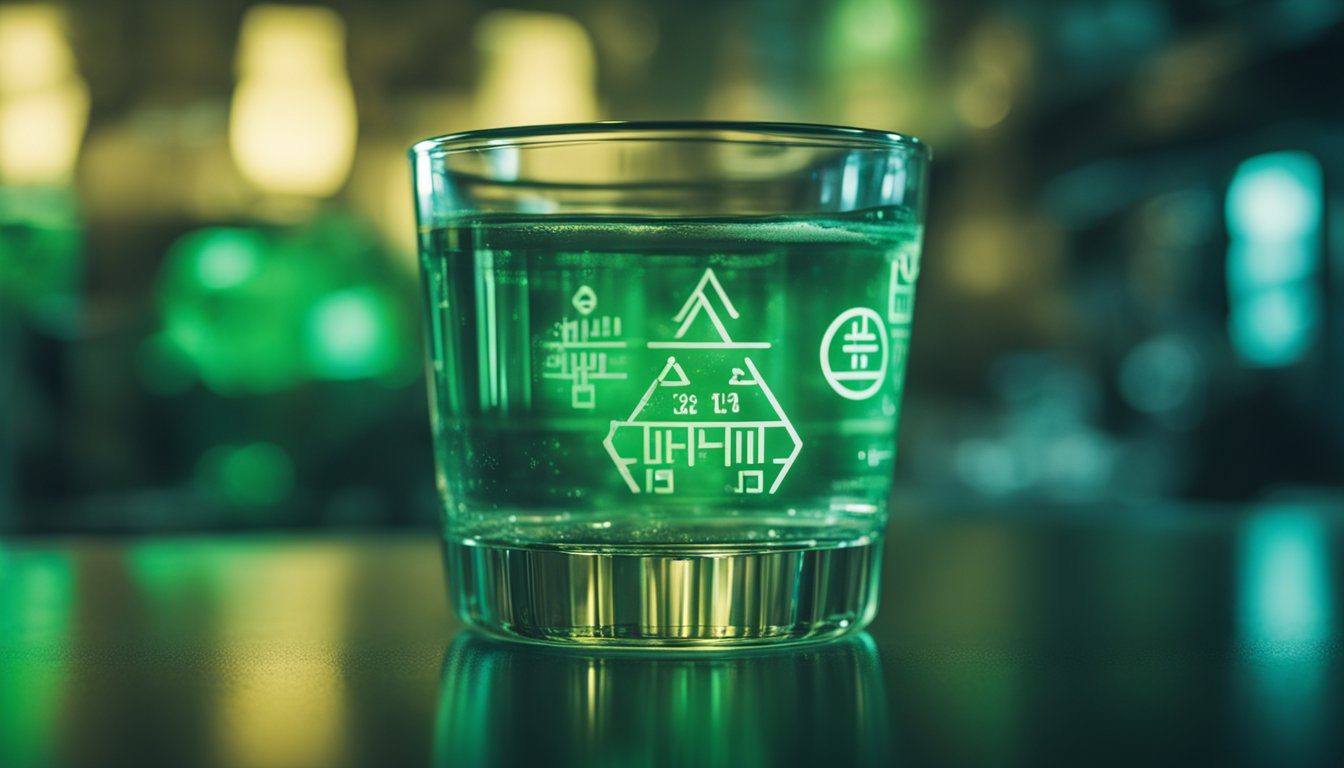
Chromium-6 is a toxic form of the metal chromium. It is known to cause cancer when inhaled and can also lead to stomach or gastrointestinal cancer when ingested through drinking water.
Chromium-6 can get into water supplies through pollution from industrial uses such as coolants at electrical power stations. It can also naturally occur in some areas.
The federal standard for total chromium, including Chromium-6 and Chromium-3, is 100 parts per billion (ppb). However, this standard may not be enough to fully protect human health as Chromium-6 can still be harmful at lower levels.
Severity of Threat
| Severity | Timelines | Health Effects | Mitigation Method |
|---|---|---|---|
| High | Since 1990 | Cancer (stomach, gastrointestinal), respiratory issues | Water treatment, regular testing |
5) Pesticides

Pesticides are used to kill pests but can also enter our drinking water. These chemicals are common on farms and gardens and often seep into groundwater or rivers.
Exposure to pesticides in water can pose serious health risks. You might face effects like nausea, skin irritation, or even more severe problems like organ damage and cancer.
A study found pesticides in 41% of public water supply wells. This includes the original pesticide compounds and their breakdown products. This high percentage shows how widespread the problem is.
Different kinds of pesticides can be found in water, such as insecticides, herbicides, and fungicides. Each targets different pests, but all can be harmful when present in drinking water.
To reduce your risk, it’s essential to monitor local water sources and use proper water filtration systems. Filters can help remove some of these hazardous substances before they reach your tap.
| Severity of Threat | Timelines | Possible Health Effects | Method to Mitigate Risks |
|---|---|---|---|
| High | Short-term and long-term | Nausea, skin problems, organ damage, cancer | Use of water filtration systems, monitoring water sources |
6) Pharmaceuticals

Pharmaceuticals in drinking water have become a concern. These are medicines like antibiotics, antidepressants, and painkillers that end up in our water systems. Often, they enter through wastewater from households and healthcare facilities.
Studies have shown that wastewater treatment plants sometimes fail to remove all these substances. This means that small amounts can make their way into our drinking water. According to the U.S. Geological Survey, wastewater from pharmaceutical manufacturing can have 10 to 1,000 times higher concentrations of these drugs.
Public health risks related to these contaminants are still being studied. Most research indicates that the levels found in drinking water are too low to pose immediate health threats. For instance, in a review of studies, no significant health risks were detected at current exposure levels.
However, long-term exposure effects are unknown. There is also concern about pharmaceuticals affecting aquatic life, as shown in reports like this one from ScienceAlert. Drugs in the water can impact the health and behavior of fish and other organisms.
To mitigate these risks, upgrading wastewater treatment technologies and proper disposal of medications are vital steps. Encouraging people to return unused medications to pharmacies for safe disposal can also help reduce this problem.
| Severity of Threat | Timeline | Possible Health Effects | Mitigation Methods |
|---|---|---|---|
| Moderate | Ongoing, with long-term | Currently minimal | Update treatment plants, |
| unknown effects | proper disposal practices |
7) Nitrates

Nitrates in drinking water are primarily a problem from agricultural runoff. They come from nitrogen-based fertilizers and animal waste.
You cannot see, taste, or smell nitrates in water, which makes them dangerous.
Consuming too much nitrate can cause health issues. It is especially harmful to infants and pregnant women, leading to conditions like methemoglobinemia, or “blue baby syndrome”.
The U.S. Environmental Protection Agency (EPA) has set a maximum contaminant level (MCL) of 10 mg/L for nitrate in drinking water. Some organizations argue that this limit should be lower to protect vulnerable populations.
To mitigate the risks, water treatment methods like ion exchange and biological denitrification can be used. Alternatively, drinking water can be sourced from deeper wells that are less likely to be contaminated.
| Severity of Threat | Timelines | Possible Health Effects | Methods to Mitigate |
|---|---|---|---|
| High | Immediate | Methemoglobinemia, increased cancer risk | Ion exchange, biological denitrification, deeper wells |
8) Bacteria
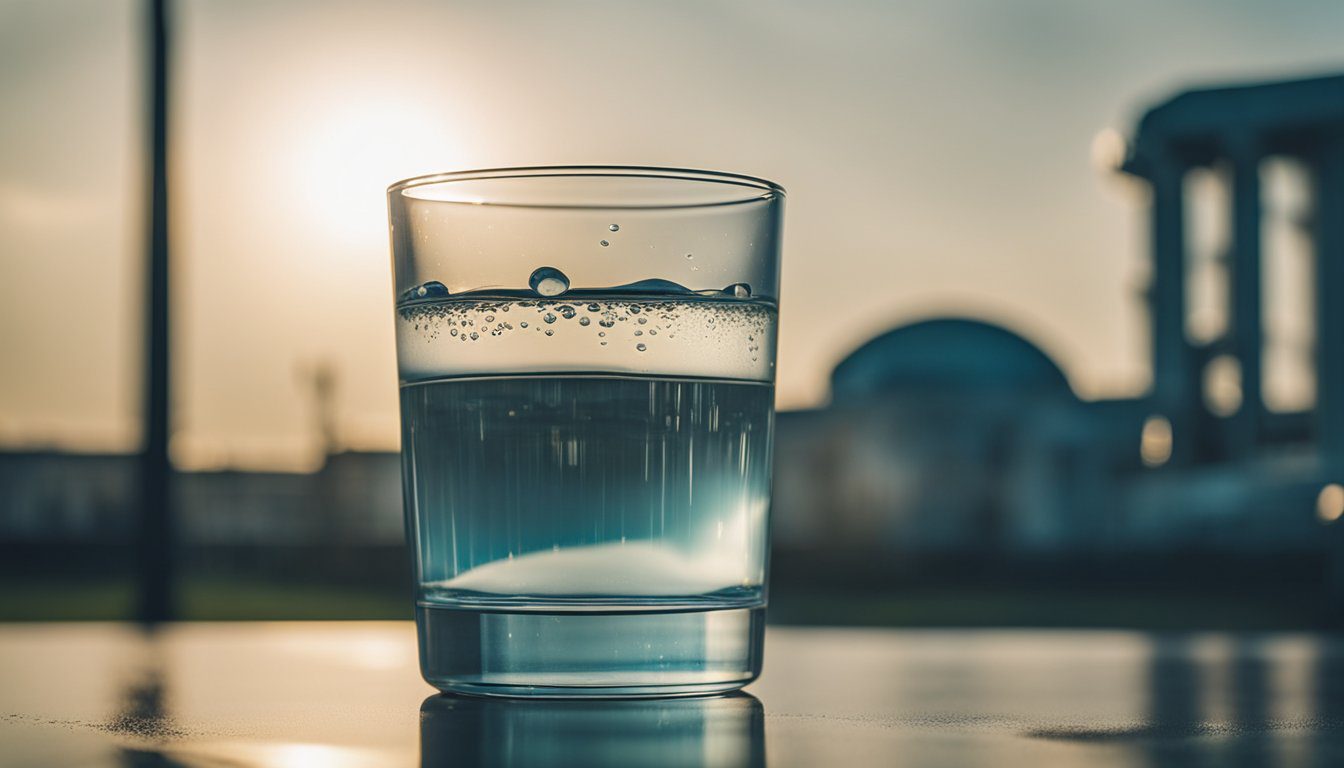
Bacteria are common contaminants that can pose serious risks when present in drinking water. They can enter water supplies through sewage overflows, agricultural runoff, and failing septic systems.
Pathogens like E. coli and Cryptosporidium are some of the most dangerous bacteria found in water. Infection can lead to severe gastrointestinal issues, including diarrhea, stomach cramps, and vomiting.
Certain bacteria also cause diseases such as typhoid and dysentery. Poor water treatment and infrastructure issues often contribute to bacterial contamination.
Boiling water and using water filtration systems are effective methods to remove bacteria. Ensuring proper maintenance of water supply systems can also help prevent contamination.
| Severity | High |
|---|---|
| Timelines | Immediate to 7 days |
| Health Effects | Diarrhea, cramps, vomiting, typhoid, dysentery |
| Mitigation Methods | Boiling, filtration, system maintenance |
9) Viruses

Viruses are tiny pathogens that can contaminate your drinking water. They are not visible to the naked eye but can cause significant health issues. Common viruses found in contaminated water include rotavirus, norovirus, and hepatitis A.
These viruses can enter water systems through sewage overflows, septic tank leaks, or improper disposal of waste. Drinking water contaminated with viruses can lead to illnesses such as stomach flu and liver infections. Symptoms often include diarrhea, vomiting, and nausea.
One of the most alarming incidents occurred in Milwaukee in 1993, where approximately 403,000 people were affected by a virus in their water supply.
To protect yourself, it is crucial to use water purification methods. Boiling water and using filters that can remove viruses are effective strategies. Always ensure the water you drink meets safety standards to reduce the risk of viral contamination.
| Severity of Threat | Timelines | Possible Health Effects | Method to Mitigate Risks |
|---|---|---|---|
| High | Immediate to a few weeks | Diarrhea, vomiting, liver infection | Boiling, proper filtration systems |
10) Radon
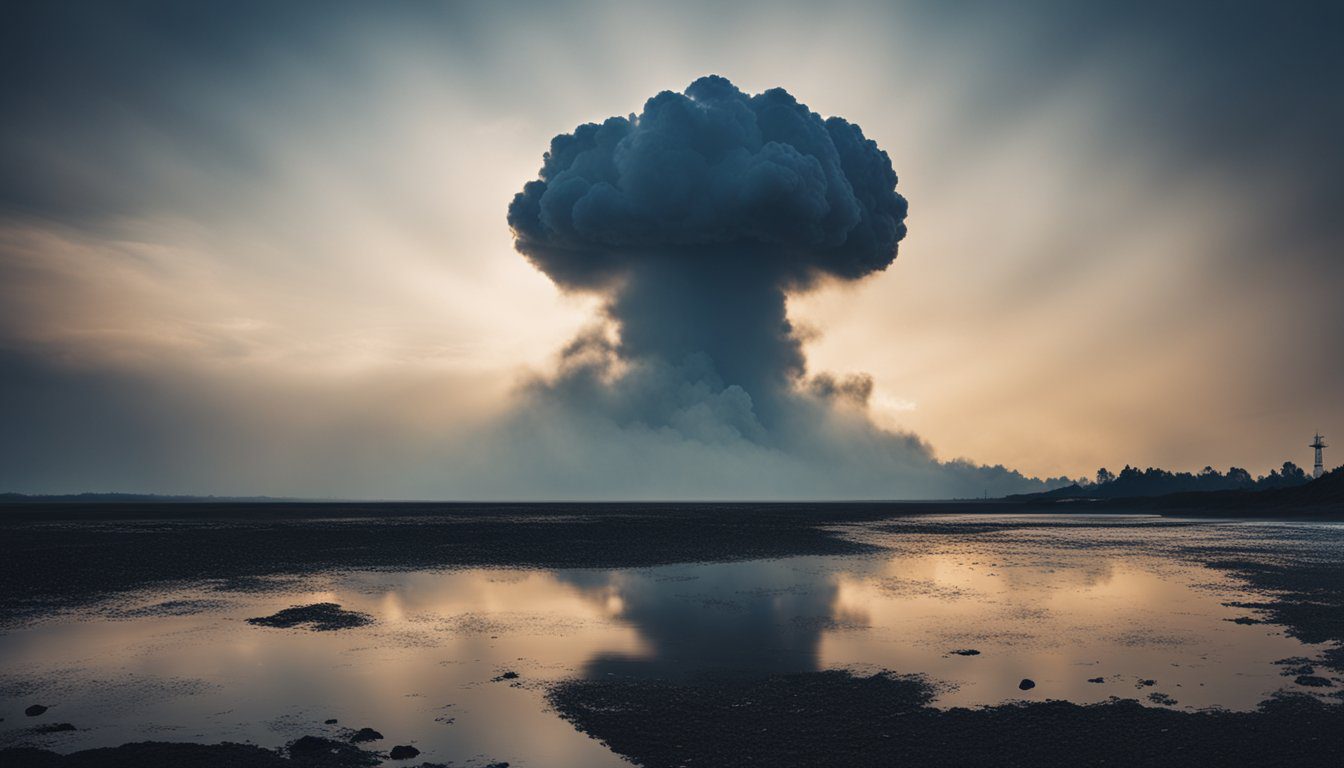
Radon is a radioactive gas that can be present in drinking water. It is normally produced through the decay of uranium in soil and rocks. This gas can dissolve and accumulate in groundwater, which then makes its way into your home’s water supply.
When you use water that contains radon for showering, cooking, and drinking, the gas can be released into the air. Breathing in radon is more hazardous than consuming it, as it primarily contributes to lung cancer. The risk of lung cancer increases with prolonged exposure to radon.
Radon levels in groundwater can vary, with some wells having significantly higher concentrations than others. For instance, the average concentration found in public water supplies derived from groundwater is about 20 becquerels per liter, but some wells have levels up to 400 times this average. Surface water generally has much lower concentrations.
To reduce radon in your drinking water, you can use aeration treatment or granular activated carbon (GAC) systems. An aeration system can handle large volumes of water daily and effectively remove radon. A standard GAC system, which includes professional installation, can cost about $2,000.
| Aspect | Details |
|---|---|
| Threat Severity | High risk of lung cancer |
| Timelines | Long-term exposure increases risk |
| Health Effects | Primarily lung cancer |
| Mitigation Methods | Aeration treatment, GAC systems |
Understanding Water Contaminants
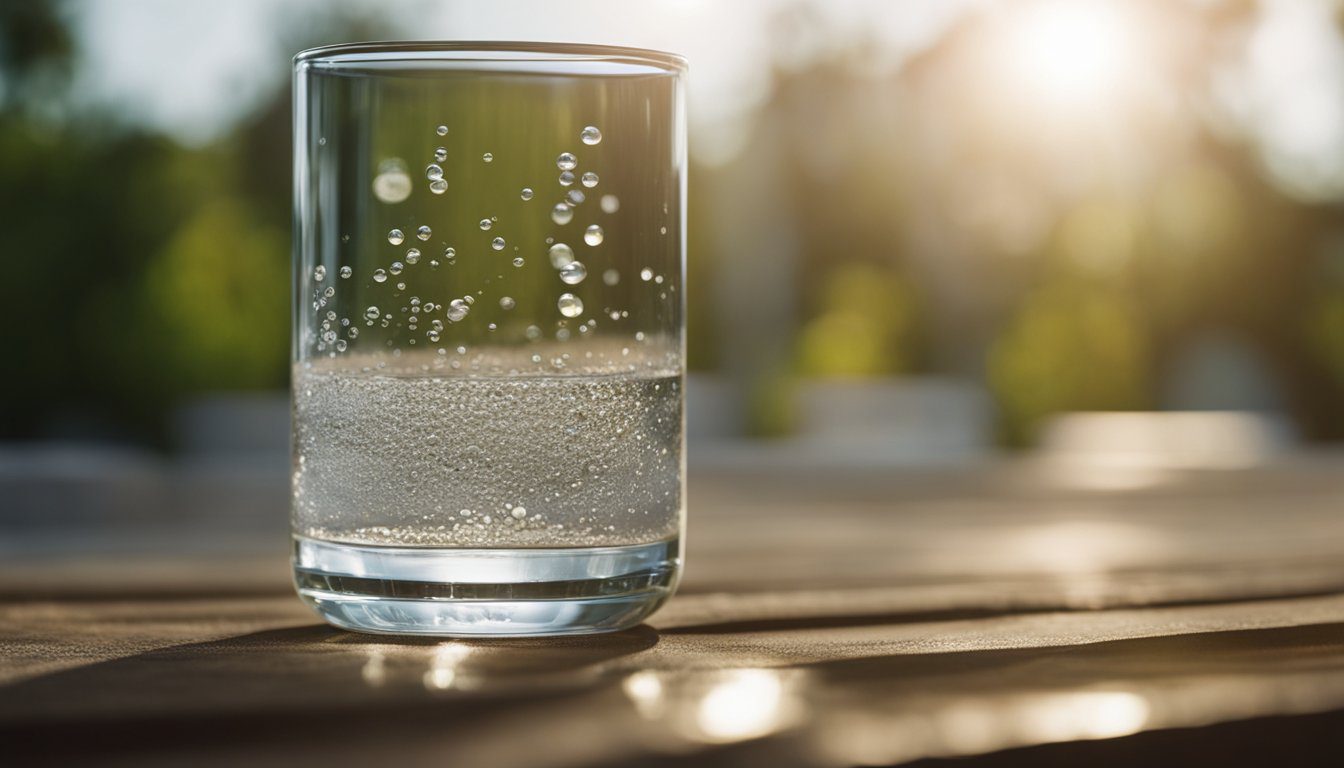
Water contaminants come from various sources and can cause serious health problems. By recognizing where these contaminants originate and how they affect your health, you can make informed choices about water safety and treatment.
Sources of Water Contaminants
Water contaminants can enter your drinking water from many sources. Agricultural runoff, which includes pesticides and fertilizers, often seeps into groundwater supplies. Industrial waste can release harmful chemicals into rivers and lakes. Household waste, like detergents and pharmaceuticals, also contributes to water pollution.
Natural sources can add pollutants to water as well. Arsenic, a toxic element, can come from natural mineral deposits. Sewage leaks may introduce harmful bacteria and viruses into the water. Additionally, urban runoff from streets and other surfaces can carry oil, heavy metals, and other pollutants into water sources.
Health Impacts of Contaminants
Different water contaminants pose various health risks. Chemical pollutants can cause nausea and skin issues. Long-term exposure to chemicals like lead and mercury can lead to organ damage and increase cancer risks. Biological contaminants such as bacteria and viruses can result in diseases like cholera and hepatitis.
Contaminants like nitrate can be particularly dangerous for infants, causing conditions like blue baby syndrome. Heavy metals like cadmium and chromium can impair brain development and damage other organs. Drinking water contaminated with asbestos can increase the risk of lung disease. Recognizing these risks highlights the importance of testing and treating your water.
Detection and Testing
Understanding how to detect and test for contaminants in your drinking water is essential for maintaining your health. This involves using home testing kits or seeking professional water testing services to identify harmful substances.
Home Testing Kits
Home testing kits are convenient tools that allow you to check for common contaminants like bacteria, lead, nitrates, and chlorine. These kits usually include test strips or drops that change color to indicate the presence of specific substances.
Using a home test kit, you can quickly detect coliform bacteria, which is a key indicator of water quality. Other kits may test for heavy metals, pesticides, or pH levels. Accurate results usually require following the kit’s instructions precisely.
One advantage of home testing kits is their affordability and ease of use. They can provide immediate results and are a good first step in determining water safety. Regular testing can help catch issues early, preventing potential health risks.
Professional Water Testing
Professional water testing services offer a more thorough analysis of your drinking water. These services typically involve sending a sample to a certified laboratory where advanced testing methods are used to detect a wide range of contaminants.
Professionally tested samples can identify more complex contaminants, such as volatile organic compounds (VOCs), asbestos, or pharmaceuticals. Laboratories use sophisticated equipment and techniques, providing highly accurate results that are often required for compliance with water quality standards.
While professional testing is more expensive than home testing kits, it offers a comprehensive overview of water quality. This can be particularly important if you have health concerns or live in an area with known water quality issues. Investing in professional testing can give you peace of mind and ensure your water is safe to drink.
Preventing Contamination
Preventing contaminants from entering drinking water involves various strategies such as water treatment and government regulations. Each plays a critical role in ensuring the safety and quality of your drinking water.
Water Treatment Solutions
Water treatment solutions help remove impurities and harmful substances from drinking water. Common methods include:
- Filtration: This process uses physical barriers to remove particles. Sand filters, activated carbon filters, and ceramic filters are effective.
- Disinfection: Techniques like chlorination, UV light, and ozone treatment kill bacteria and viruses.
- Reverse Osmosis: This method forces water through a membrane, leaving contaminants behind. It’s highly effective for removing heavy metals and chemicals.
Investing in a high-quality home filtration system can provide an additional layer of safety. Regular maintenance of these systems is crucial for their optimal function.
Government Regulations
Government regulations set standards for drinking water quality. These rules help ensure that water treatment facilities monitor and control contaminants.
The U.S. Environmental Protection Agency (EPA) sets limits on contaminants like bacteria, lead, and chemicals.
- Monitoring: Regular testing of water sources is mandatory to detect any contamination early.
- Treatment Requirements: Water treatment facilities must follow specific guidelines for treating water, ensuring it meets safety standards.
- Public Notification: When a contaminant is detected above the safe limit, the public must be informed promptly.
By staying informed about these regulations, you can better understand the efforts made to keep your drinking water safe.
Frequently Asked Questions
Understanding the health impacts of chemical contaminants in drinking water is crucial. This section addresses common concerns about key contaminants and their sources.
What are the most common types of chemical contaminants found in tap water?
Common chemical contaminants in tap water include lead, mercury, arsenic, and chromium-6. These contaminants can come from various sources like industrial waste, agricultural runoff, and old plumbing systems.
Which contaminants in drinking water are considered the most dangerous to human health?
Some of the most dangerous contaminants to human health are lead, mercury, and arsenic. Lead exposure can cause developmental issues in children. Mercury can harm the kidneys and nervous system. Arsenic is linked to cancer and various other diseases.
What are the primary sources of harmful chemicals in drinking water supplies?
Primary sources of harmful chemicals include industrial discharge, agricultural runoff, and deteriorating infrastructure. For instance, old pipes can leach lead into the water supply. Pesticides from agricultural fields can runoff into rivers and groundwater.
How can water that is safe for aquatic life be dangerous for human consumption?
Water that is safe for aquatic life can still contain contaminants like lead or arsenic. These may not harm fish or plants but can be dangerous to humans even in small amounts. Regulations for human water use are stricter due to these differences.
What steps can individuals take to identify water contamination in their local area?
To identify water contamination, you can call the Safe Drinking Water Hotline at 800-426-4791 to find a state-certified lab. Testing your water for lead and other chemicals is advisable. You can also use public reports and databases on water quality to stay informed.
How does water toxicity in the United States compare to global water contamination issues?
Water toxicity in the United States varies, but generally, it is closely monitored and regulated. However, some areas still face significant contamination problems. Globally, some regions suffer from higher levels of harmful chemicals due to less stringent regulations and more industrial pollution.


